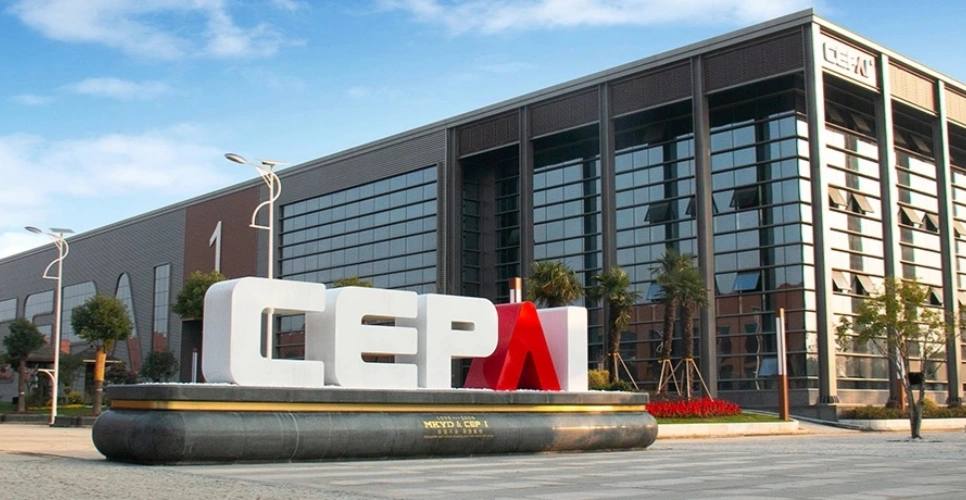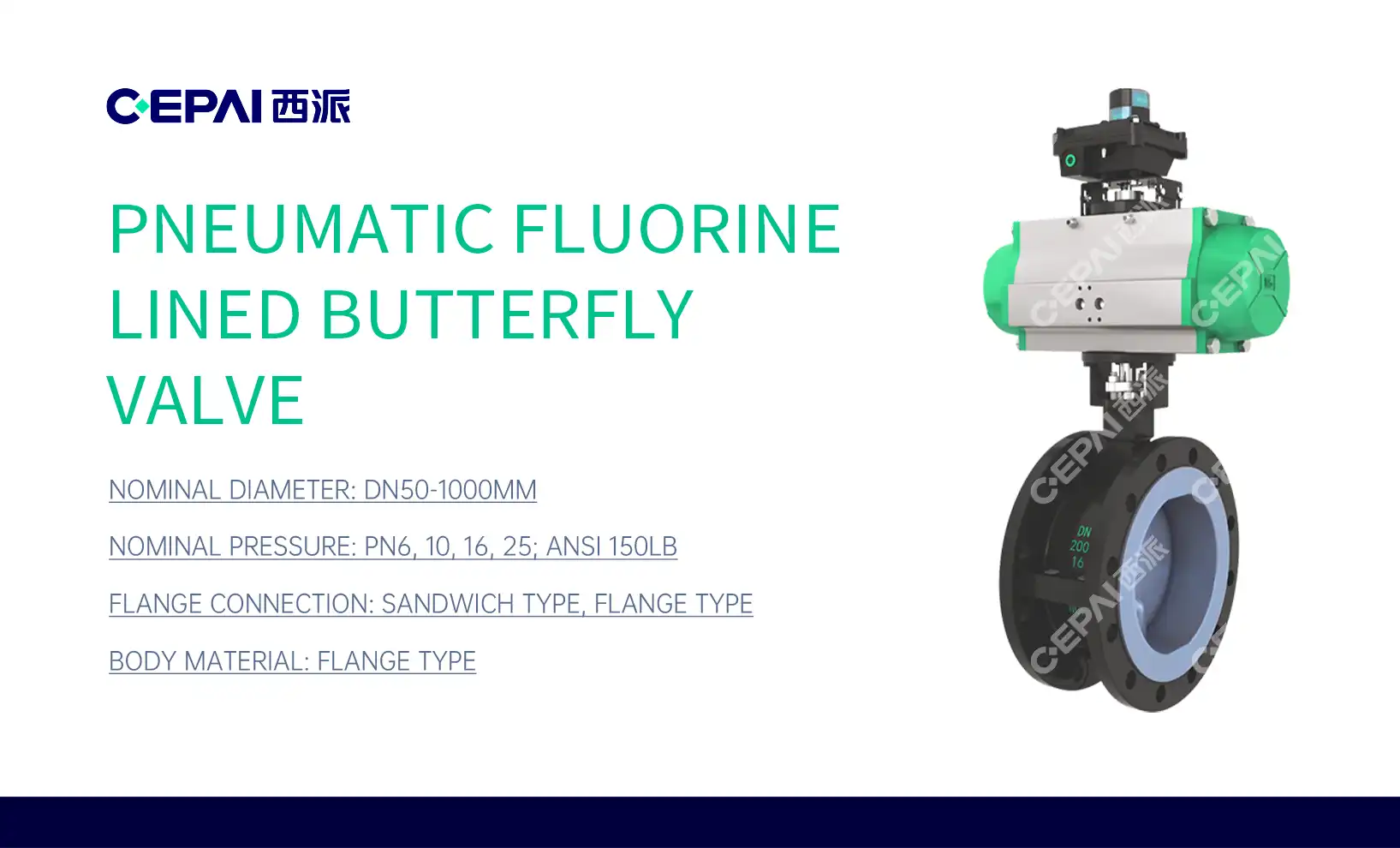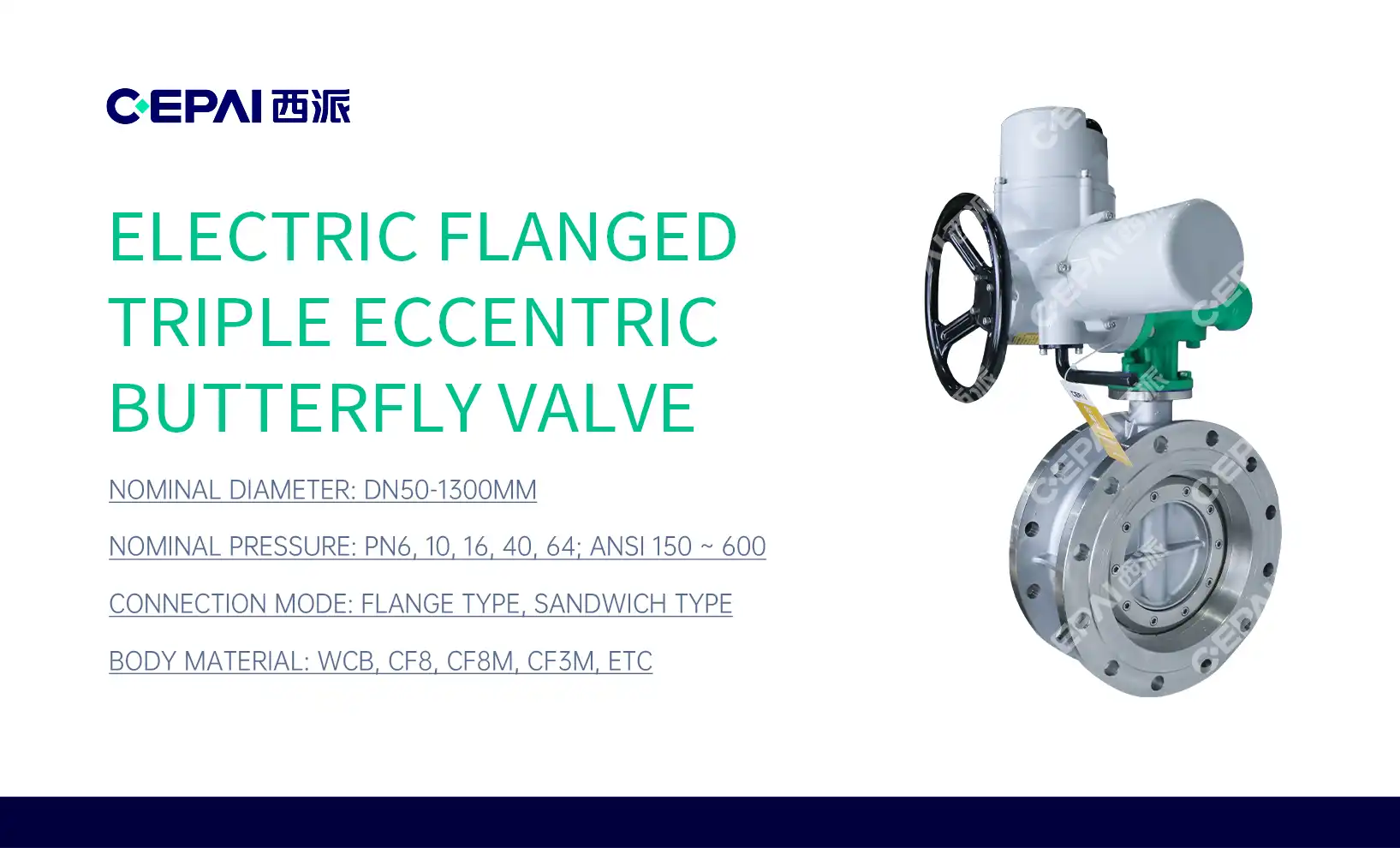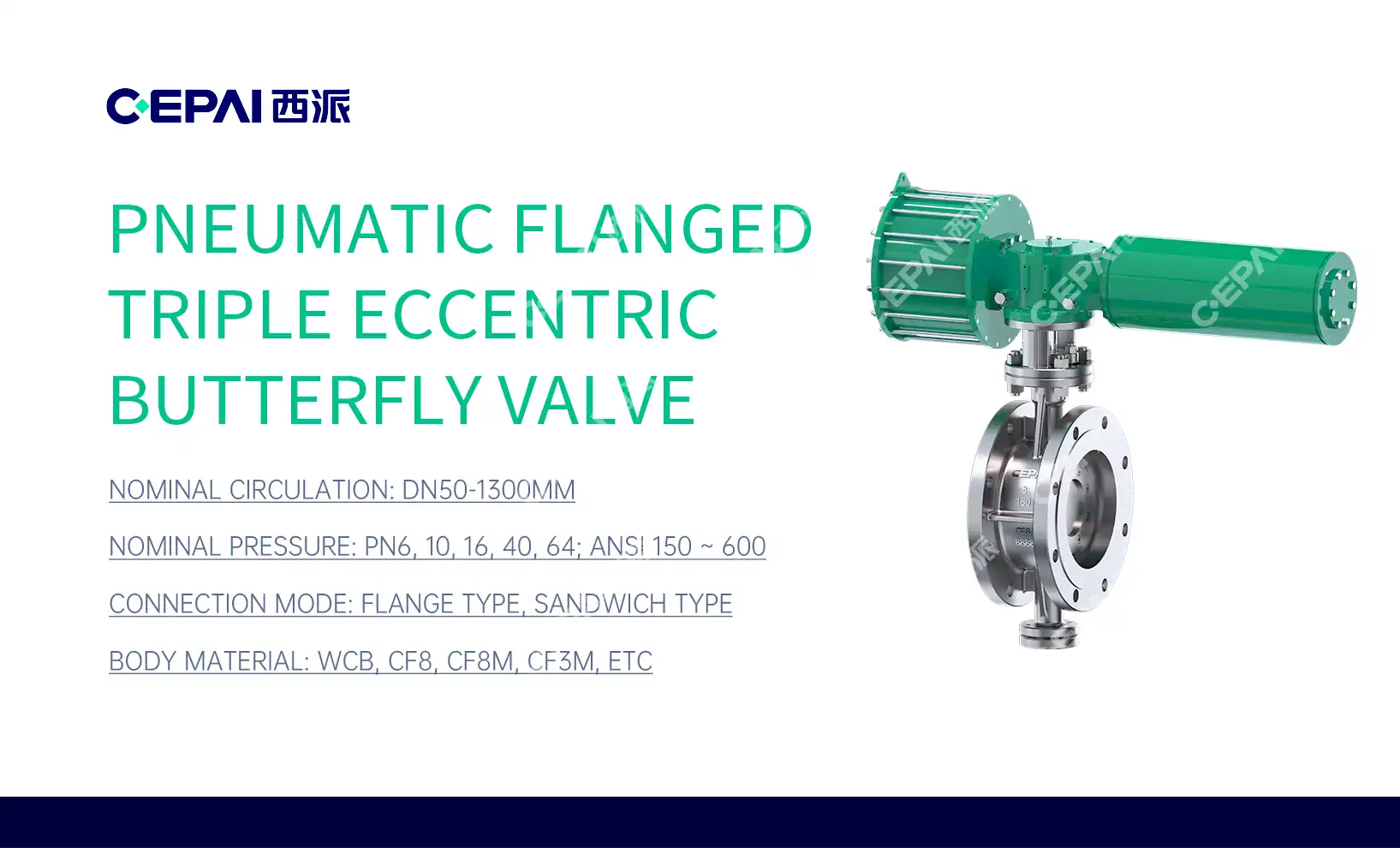Material Properties and Performance
Stainless Steel Ball Valve Characteristics
Stainless steel ball valves are renowned for their exceptional durability and reliability in various industrial applications. The inherent properties of stainless steel, such as high tensile strength and excellent corrosion resistance, make these valves ideal for demanding environments. Stainless steel ball valves can withstand extreme temperatures, ranging from cryogenic levels to over 1000°F (538°C), depending on the specific grade of stainless steel used. This temperature resistance is particularly valuable in industries like oil and gas, where valves may be exposed to both frigid and scorching conditions.
Moreover, stainless steel ball valves exhibit remarkable pressure-handling capabilities. High-quality stainless steel valves can manage pressures exceeding 10,000 PSI (689 bar), making them suitable for high-pressure systems in petrochemical plants and hydraulic systems. The material's inherent strength also contributes to its ability to resist deformation under stress, ensuring consistent performance over time.
Another significant advantage of stainless steel ball valves is their superior chemical resistance. These valves can handle a wide array of corrosive substances, including acids, alkalis, and saltwater, without degrading or compromising their structural integrity. This characteristic is particularly beneficial in chemical processing plants and marine applications where exposure to harsh chemicals or saltwater is common.
Plastic Ball Valve Attributes
Plastic ball valves, while not as robust as their stainless steel counterparts, offer unique advantages in certain applications. These valves are typically made from materials such as PVC, CPVC, or PVDF, each with its own set of properties. Plastic ball valves are known for their lightweight construction, which can be advantageous in applications where weight is a concern, such as in portable equipment or systems with weight restrictions.
One of the primary benefits of plastic ball valves is their excellent resistance to certain chemicals. For instance, PVC and CPVC valves are highly resistant to many acids, bases, and salt solutions, making them suitable for water treatment facilities and chemical handling systems where metal valves might corrode. PVDF valves, in particular, offer exceptional chemical resistance and can withstand a broader range of corrosive substances compared to other plastics.
However, plastic ball valves have limitations when it comes to temperature and pressure handling. Most plastic valves are rated for temperatures up to 140°F (60°C), with some specialty plastics like PVDF capable of withstanding temperatures up to 280°F (138°C). Pressure ratings for plastic valves are generally lower than stainless steel, typically ranging from 150 to 300 PSI (10 to 20 bar) for standard applications. This restricts their use in high-temperature or high-pressure systems common in many industrial processes.
Longevity and Maintenance Considerations
Lifespan of Stainless Steel Ball Valves
Stainless steel ball valves are known for their exceptional longevity, often lasting decades in proper operating conditions. The robust nature of stainless steel allows these valves to maintain their structural integrity even after years of service. In many cases, stainless steel ball valves can outlast the systems they are installed in, providing reliable performance throughout the entire lifecycle of the equipment.
The extended lifespan of stainless steel ball valves is attributed to several factors. Firstly, the material's inherent resistance to corrosion and wear significantly reduces degradation over time. This is particularly important in applications where the valve is exposed to corrosive media or abrasive particles. Secondly, the high-quality construction of stainless steel valves, including precision-machined components and durable seals, contributes to their long-term reliability.
Moreover, stainless steel ball valves often require minimal maintenance throughout their service life. Routine checks and occasional lubrication may be sufficient to keep these valves operating smoothly for years. This low maintenance requirement not only reduces downtime but also contributes to lower overall lifecycle costs, despite the higher initial investment compared to plastic alternatives.
Durability of Plastic Ball Valves
While plastic ball valves may not match the longevity of stainless steel ball valves, they can still provide satisfactory service life in appropriate applications. The lifespan of plastic ball valves largely depends on the specific plastic material used, the operating conditions, and the quality of manufacturing. In general, high-quality plastic ball valves can last several years to a decade when used within their recommended operating parameters.
One of the factors affecting the durability of plastic ball valves is their susceptibility to UV degradation when exposed to sunlight. This can lead to brittleness and cracking over time, particularly in outdoor applications. Some plastic materials, like PVDF, offer better UV resistance, but they may come at a higher cost. Additionally, plastic valves may experience creep or deformation under sustained stress, which can affect their sealing properties and overall performance over time.
Maintenance requirements for plastic ball valves are generally low, similar to stainless steel ball valves. However, they may require more frequent inspections to check for signs of degradation or damage, especially in critical applications. While replacement parts for plastic valves are often less expensive than those for stainless steel ball valves, the more frequent need for replacement in some applications can offset this initial cost advantage.
Cost-Effectiveness Analysis
When evaluating the cost-effectiveness of stainless steel versus plastic ball valves, it's essential to consider both the initial investment and long-term operational costs. Stainless steel ball valves typically have a higher upfront cost due to the material expense and more complex manufacturing processes. However, their extended lifespan and lower maintenance requirements often result in lower total cost of ownership over the long term, especially in demanding applications.
Plastic ball valves, on the other hand, offer a more attractive initial price point, making them a popular choice for budget-conscious projects or applications with less stringent performance requirements. In scenarios where the operating conditions are well within the capabilities of plastic valves, and frequent replacement is not a concern, they can be a cost-effective solution.
The true cost-effectiveness of each option depends on factors such as the specific application, expected service life, maintenance costs, and potential downtime associated with valve failures or replacements. In critical systems where reliability is paramount, the higher initial investment in stainless steel ball valves often pays off through reduced maintenance costs and improved system uptime.
Application-Specific Considerations
Industrial and High-Pressure Applications
In industrial settings where high pressure and temperature resistance are crucial, stainless steel ball valves typically outperform their plastic counterparts. Oil and gas refineries, for instance, require valves that can withstand extreme pressures and temperatures while resisting corrosion from hydrocarbons and other chemicals. Stainless steel ball valves excel in these environments, providing reliable operation and long-term durability.
Chemical processing plants also benefit from the superior chemical resistance of stainless steel ball valves. These valves can handle a wide range of corrosive substances without deteriorating, ensuring safe and efficient operation. In high-pressure hydraulic systems, stainless steel ball valves are often the preferred choice due to their ability to maintain tight seals under extreme pressures, preventing leaks and ensuring system integrity.
Power generation facilities, particularly in steam systems, rely on stainless steel ball valves for their excellent heat resistance and ability to handle rapid temperature changes. The robust construction of these valves helps prevent thermal shock and ensures reliable operation in critical power plant applications.
Water Treatment and Low-Pressure Systems
In water treatment facilities and low-pressure piping systems, plastic ball valves and stainless steel ball valves often find their niche. These applications typically involve less demanding conditions, where the chemical resistance and cost-effectiveness of plastic valves can be advantageous. For instance, PVC ball valves are commonly used in water distribution systems, swimming pool equipment, and irrigation systems due to their resistance to chlorine and other water treatment chemicals.
Plastic ball valves are also popular in laboratory settings, where their chemical resistance and ease of handling make them suitable for controlling the flow of various solutions. In these environments, the lower weight of plastic valves can be beneficial, especially when frequent valve adjustments are necessary.
Food and beverage processing plants may utilize plastic ball valves in certain low-pressure applications, particularly where FDA-compliant materials are required. The smooth internal surfaces of plastic valves can help prevent bacterial growth and facilitate easy cleaning, which is crucial in maintaining hygienic conditions.

Corrosive Environment Considerations
When dealing with highly corrosive environments, the choice between stainless steel and plastic ball valves becomes more nuanced. Stainless steel, particularly high-grade alloys like 316 or higher, offers excellent resistance to a broad spectrum of corrosive substances. This makes stainless steel ball valves ideal for applications in the chemical industry, marine environments, and other settings where exposure to aggressive chemicals or saltwater is common.
However, certain extremely corrosive chemicals may still pose challenges for stainless steel. In these cases, specialized plastic materials like PVDF or PTFE-lined valves might be more suitable. These advanced plastics can resist a wider range of chemicals than standard stainless steel, making them valuable in specific corrosive applications where metal valves would quickly degrade.
The decision between stainless steel and plastic ball valves in corrosive environments ultimately depends on the specific chemicals involved, concentration levels, temperature, and pressure requirements. A thorough analysis of these factors, often involving consultation with valve manufacturers or materials experts, is essential to ensure the selection of the most appropriate valve for long-term reliability and safety in corrosive applications.
Conclusion
In the comparison between stainless steel ball valves and plastic ball valves, each material offers distinct advantages in different applications. Stainless steel ball valves excel in durability, pressure and temperature resistance, and overall longevity, making them ideal for demanding industrial environments. Their ability to withstand harsh conditions and provide reliable long-term performance often justifies the higher initial investment. On the other hand, plastic ball valves offer cost-effectiveness, chemical resistance for specific applications, and lightweight design, making them suitable for less demanding conditions or where budget constraints are a primary concern. The choice between the two ultimately depends on the specific requirements of the application, including operating conditions, expected lifespan, and maintenance considerations.
FAQs
1. How long can a stainless steel ball valve typically last?
With proper maintenance, a high-quality stainless steel ball valve can last 20 years or more in appropriate operating conditions.
2. Are plastic ball valves suitable for outdoor use?
Some plastic ball valves are suitable for outdoor use, but it's important to choose UV-resistant materials to prevent degradation from sunlight exposure.
3. Can stainless steel ball valves handle cryogenic temperatures?
Yes, certain grades of stainless steel ball valves are designed for cryogenic applications and can handle extremely low temperatures.
4. How do I choose between a stainless steel and plastic ball valve for my application?
Consider factors such as operating pressure, temperature, chemical compatibility, required lifespan, and budget when making your decision. Consult with valve experts for specific recommendations.
Expert Stainless Steel Ball Valve Solutions | CEPAI
At CEPAI, we specialize in high-quality stainless steel ball valves designed for the most demanding industrial applications. Our valves are engineered to provide exceptional durability, pressure resistance, and long-term reliability. As a leading manufacturer and supplier in the valve industry, we offer customized solutions to meet your specific needs. Whether you're looking for valves for oil and gas, chemical processing, or power generation applications, our expert team is ready to assist you. Contact us at cepai@cepai.com to discuss your stainless steel ball valve requirements and discover how our products can enhance your operations.

References
Smith, J. (2022). "Comparative Analysis of Valve Materials in Industrial Applications." Journal of Fluid Control, 45(3), 210-225.
Johnson, A. & Lee, S. (2021). "Longevity and Performance of Stainless Steel Valves in Corrosive Environments." Corrosion Science and Technology, 56(2), 178-192.
Brown, R. (2023). "Advancements in Plastic Valve Technology for Chemical Processing." Chemical Engineering Progress, 119(4), 45-52.
Garcia, M. et al. (2022). "Life Cycle Cost Analysis of Industrial Valves: Stainless Steel vs. Plastic." International Journal of Industrial Engineering, 29(1), 88-103.
Thompson, L. (2021). "Material Selection Criteria for High-Pressure Valve Applications." Valve World, 26(5), 62-68.
Wilson, K. & Davis, T. (2023). "Durability Comparison of Valve Materials in Water Treatment Facilities." Water Research and Technology, 11(2), 305-318.

_1746598531170.webp)



